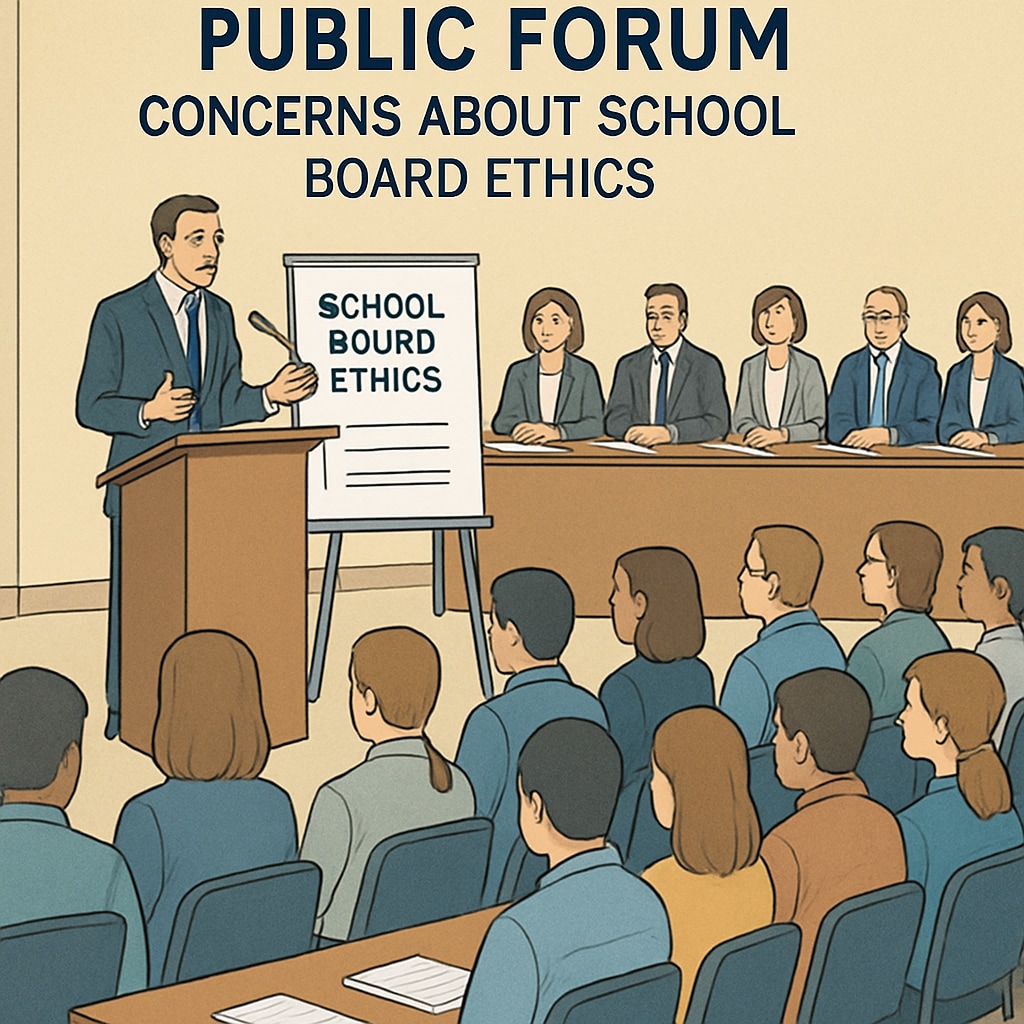When it comes to the safety and well-being of children, few issues are as alarming as the presence of school board members with a history of child abuse. This situation raises serious concerns about the integrity of educational environments and the safety of students. Parents and community members must act decisively to address such risks while ensuring that schools remain safe spaces for learning and growth. In this article, we explore the impact of this issue and propose actionable strategies to safeguard children’s rights.
Understanding the Risks to Educational Integrity
The inclusion of individuals with a history of child abuse in school boards undermines the trust that parents and students place in educational institutions. School boards hold significant authority over policies, resources, and the overall direction of schools. If a member poses a direct threat or fails to uphold ethical standards, the entire system may suffer.
For example, the presence of such individuals can lead to compromised decision-making and create an environment of fear or mistrust. Additionally, their history may deter whistleblowers or prevent effective responses to other forms of misconduct. The ripple effects of these issues are far-reaching, affecting not only schools but also broader community dynamics.

Community Action: A Key to Safeguarding Schools
Addressing this issue requires proactive community involvement. Parents, educators, and local organizations must work together to ensure accountability within school boards. Below are several steps that communities can take:
- Demand transparency: Advocate for clear vetting processes for board members, including background checks and public disclosures.
- Engage in advocacy: Organize petitions, meetings, and awareness campaigns to highlight the importance of child safety in leadership positions.
- Collaborate with authorities: Work with local government and law enforcement to enforce strict guidelines for school leadership roles.
- Educate the public: Inform parents and community members about the potential risks and encourage them to take active roles in school governance.
By taking these steps, communities can foster transparency and accountability, ensuring that only suitable candidates serve on school boards.

Legal and Ethical Considerations
In addition to community efforts, legal measures play a critical role in addressing this issue. Many regions have policies requiring background checks for individuals in positions of trust, particularly those involving children. However, gaps in enforcement or outdated regulations can leave vulnerabilities in the system.
Ethical considerations also come into play. School board members are public servants who must prioritize the welfare of students above all else. Community members should hold them to high moral standards, advocating for the removal of individuals who fail to meet these expectations. For further reading, explore Child Protection on Wikipedia and Education Ethics on Britannica.
Moving Forward: Building Safer Schools
Creating safer educational environments requires both immediate action and long-term commitment. Communities must remain vigilant and proactive, ensuring that school boards operate with transparency and integrity. Regular evaluations, public input, and collaboration between stakeholders can help prevent future risks and reinforce trust in schools.
Ultimately, the safety of children must be the guiding principle behind all decisions regarding school governance. By addressing concerns and taking decisive action, we can ensure that schools remain places of learning, growth, and security for every student.
Readability guidance: Use short paragraphs and lists to summarize key points. Include transitions like “however” and “therefore” to improve flow, and minimize passive voice for clarity.


